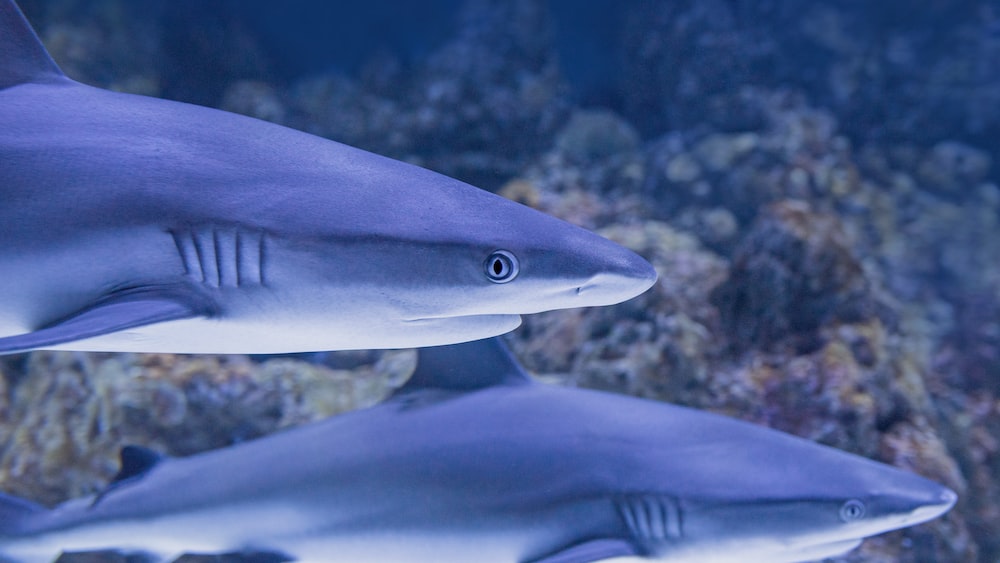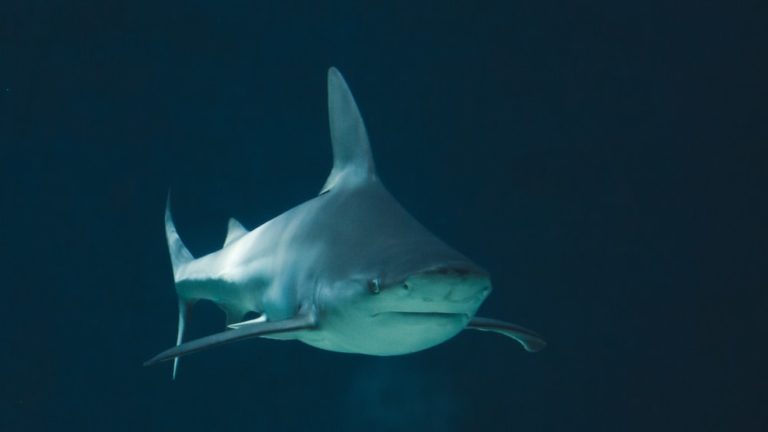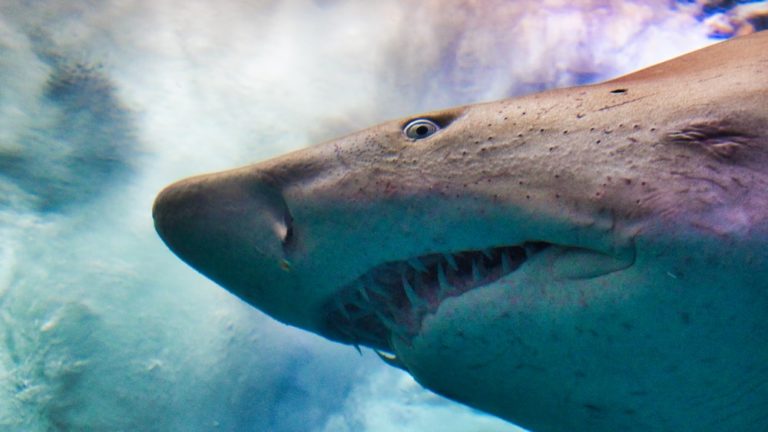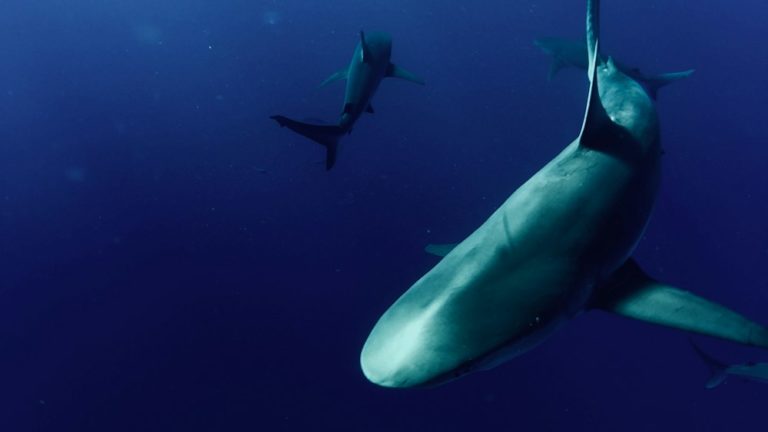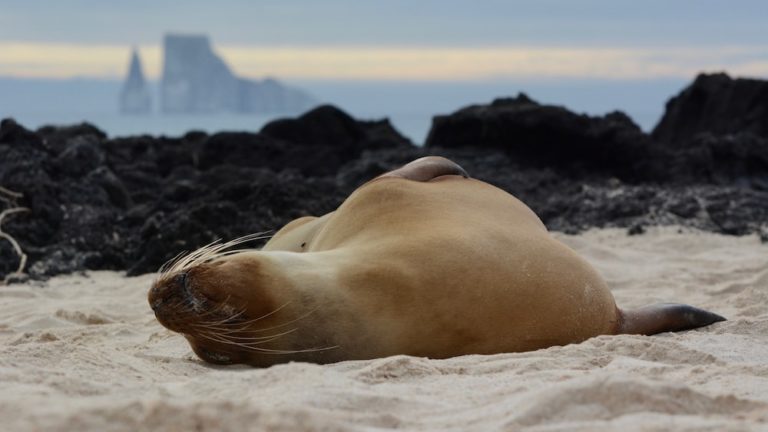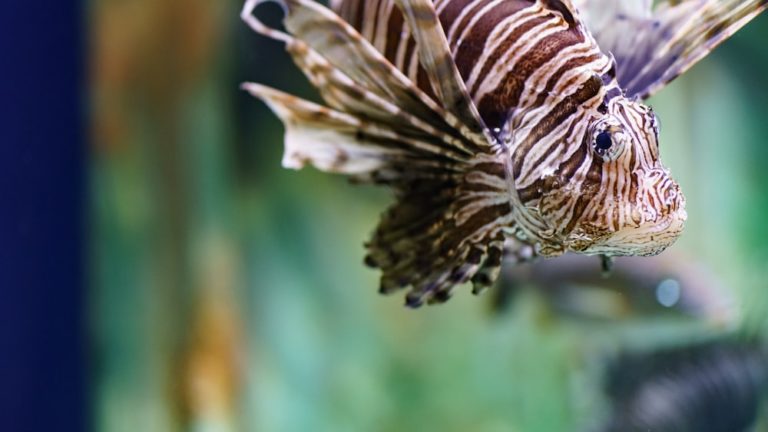Hammerhead Shark Food Chain: Apex Predator Insights
Hammerhead Shark Food Chain: Apex Predator Insights
The vast blue ocean is much more than a splash of color on our planet’s surface; it is the lifeblood of a complex and mesmerizing food web. At the heart of these aquatic intricacies swims the hammerhead shark, a creature as fascinating as it is formidable. As marine life enthusiasts and guardians of nature’s splendors, understanding the hammerhead shark food chain offers a window into the delicate balance and raw beauty of ocean ecosystems.
Key Points:
- Hammerhead sharks play a crucial role as apex predators in marine ecosystems.
- They help maintain the balance of the marine domain by regulating species diversity and controlling populations.
- Hammerhead sharks are important to coral reefs, influencing the behavior of smaller fish and contributing to reef health.
- Their diet includes a variety of marine delicacies, such as smaller fish, crustaceans, and cephalopods.
- Hunting techniques and sensory adaptations, including electroreception and panoramic vision, make them efficient predators.
- Conservation efforts are essential to protect hammerhead sharks from threats such as overfishing and habitat loss.
- Human impacts, including overfishing for their fins and accidental capture in commercial fishing operations, pose significant threats to hammerhead shark populations.
Dive beneath the waves with me, and you’ll see that the hammerhead isn’t just another fish in the sea. It’s a masterful predator, shaping its environment like an artist carves a masterpiece. These sharks are not merely surviving – they are thriving, playing a pivotal role that ripples through their underwater realm. But there’s trouble brewing in paradise. Human impacts threaten to disrupt this natural harmony, and it’s up to us, the eco-adventurers and conservationists, to take a closer look at these magnificent creatures and the challenges they face.
Join me as we embark on an undersea safari, exploring the ins and outs of the hammerhead shark’s dietary habits, their role as apex predators, and the resilience of their home coral reefs. Our expedition may not require scuba gear, but it does ask for an open mind eager to plunge into the depths of marine knowledge. So let’s set sail on this educational voyage and unravel the secrets of the hammerhead shark food chain together, shall we?
The Hammerhead Shark’s Role in Marine Ecosystems
The hammerhead shark isn’t just a tenant of the ocean; it’s more like the landlord of the marine world. Its role within the aquatic hierarchy extends far beyond mere predator and prey dynamics. Imagine the ocean as a vast kingdom, with the hammerhead patrolling the boundaries, ensuring that every subject plays its part in this watery realm.
Defining the Hammerhead Shark’s Niche
To chart the waters of the hammerhead’s ecological role, we must first define its niche. Picture a world where every creature has its unique calling, an ecological purpose that is crucial to the cohesive flow of life. The hammerhead, with its distinctive head shape and keen senses, specializes in maintaining the balance of the marine domain. It’s like the ocean’s auditor, verifying the population of its aquatic clientele, ensuring nothing goes amiss.
Through a combination of predatory prowess and terrain adaptation, the hammerhead has carved a space for itself atop the food chain. It governs with an iron jaw and a sharp eye, acting as a regulator of species diversity. Without this stalwart sentinel, the structure of the marine ecosystem would surely wane, like a castle without its keep.
Each creature has a unique ecological purpose crucial to the balance of life, and the hammerhead shark, with its predatory prowess, acts as a regulator of species diversity in the marine ecosystem.
Importance of Hammerhead Sharks to Coral Reefs
Hammerhead sharks and coral reefs share an under-the-sea synergy akin to a ballet in the brine. The sharks’ patrolling nature drives them through the intricate coral structures where they play a critical, albeit often unseen, role. Their presence alone can influence the behavior of smaller fish, contributing to a domino effect that cascades through the entire reef system.
By preying on the weaker or sickly members of species like parrotfish, these apex predators strengthen the genetic pool and control populations that might otherwise cause harm to reef structures. Think of hammerhead sharks as the ocean’s gardeners, trimming and tidying up the reef to ensure its health and longevity. Their ecological contributions are as intricate as the labyrinths of coral they call home.
Diet of the Hammerhead Shark
Delving into the hammerhead shark food chain, it becomes evident that the dining preferences of these oceanic giants are both varied and specific. The menu is not limited to a single cuisine, underscoring the role these predators play in the hierarchy of the deep.
Common Prey for Hammerhead Sharks
In the gourmet world of hammerhead sharks, the menu includes a smorgasbord of marine delicacies:
- Smaller fish that flicker through the water, evading with urgency
- Crustaceans, both armored and agile, scuttling across the ocean floor
- Cephalopods, masters of disguise and escape artists of the marine sphere
These predators take advantage of their broad, hammer-like heads to trap and pin down their prey, demonstrating that in the underwater world, innovation comes in many forms – some more head-turning than others.
Hunting Techniques and Sensory Adaptations
What sets hammerhead sharks apart in their hunt is not just brute force, but a finely-tuned set of adaptations that could put the best technology to shame. Electro reception allows these sharks to detect the faintest of electric fields, revealing the hiding places of crustaceans and fish.
Furthermore, their wide-set eyes afford them a panoramic view, effectively enabling them to survey the vast blue canvas around them. Couple this visual prowess with an ability to pick up scents from miles away, and you’ve got a predator that’s as efficient as it is effective in its environment.
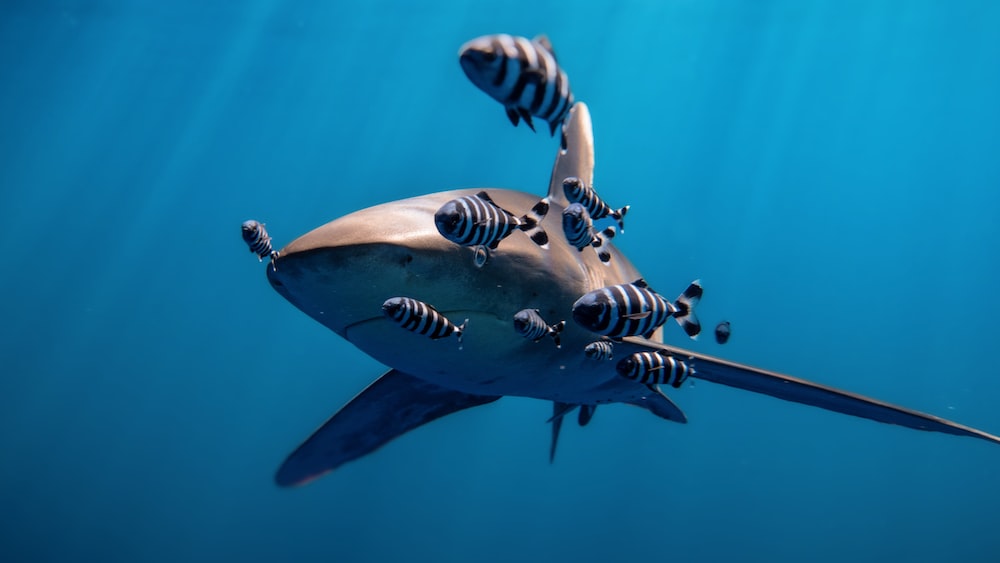
Hammerhead Sharks as Apex Predators
As apex predators, hammerhead sharks are the ocean’s enforcers, their influence trickling down through every crevice of the marine food chain.
Impact on Lower Trophic Levels
Let’s ponder the ripple effects these predators have on the lower echelons of the food chain:
- Hammerhead sharks reduce the abundance of mid-level predators, allowing smaller prey species to thrive.
- Their role as regulators promotes diverse habitat landscapes, from the open blue to the intricate coral reefs.
- Through indirect interactions, hammerheads affect the distribution and behavior of countless marine organisms.
Their absence or decline has the potential to unravel the complex tapestry that is marine biodiversity. Such a disturbance can lead increasingly to skewed ecosystems, making the role of hammerhead sharks a vital one to uphold.
Hammerhead sharks play a vital role in regulating marine biodiversity by reducing mid-level predators and indirectly influencing the distribution and behavior of countless marine organisms.
Interactions with Other Apex Predators
The dynamics among apex predators are akin to a high-stakes game of chess, each piece moving with calculated intention. When hammerhead sharks share their domain with other top-tier predators, such as orcas or great whites, a fascinating series of interactions unfold. These interactions help to keep populations in check, preventing any one species from dominating the ocean’s hierarchy.
The shared existence of these predators often leads to a natural balance, though sometimes resulting in fierce competition. And, just like a game of chess, these interactions have profound implications for the environment, influencing habitats and prey species on a broad scale.
Threats to Hammerhead Sharks
The dance of marine life often takes an ominous turn when faced with threats, and hammerhead sharks are no exception to this aquatic waltz. As they sway through the ocean’s layers, these sharks have encountered menacing challenges that jeopardize their role in the oceanic ballet. The threats to hammerhead sharks are multi-faceted, creating ripples that disrupt not only their populations but also the intricate hammerhead shark food chain they dominate.
Human Impacts on Hammerhead Populations
Unfortunately, our fascination with the ocean’s wonders hasn’t always translated into their protection. For hammerhead sharks, human impacts have cast a long, ominous shadow beneath the waves. Overfishing stands as the towering storm on the horizon, primarily for their coveted fins, a delicacy in certain cuisines. These practices often involve finning – a brutal act where their fins are harvested and the sharks are tossed back into the sea, struggling to survive.
In addition to these targeted threats, hammerhead sharks often fall victim to bycatch, the accidental capture during commercial fishing operations aimed at other species. Entangled in nets or hooked on longlines, these unintended catches further deplete their numbers. As top predators, their diminishing presence sends shockwaves through the marine food web, particularly affecting the populations of shellfish and smaller fish they usually keep in check.
Conservation Efforts and Their Importance
When it comes to conservation, every bubble of effort adds to the tide that can lift the fortunes of hammerhead sharks. Conservation efforts are essential not just for the protection of these sharks but for the health of the entire marine ecosystem. Marine protected areas, or MPAs, are a beacon of hope, offering safe havens where hammerheads can roam without the threat of hooks and nets.
Scientific research and monitoring play vital roles as well. By unraveling the mysteries of hammerhead migratory patterns and breeding grounds, we can tailor conservation strategies that are as sharp as the shark’s distinct head. Moreover, public education is imperative, raising awareness about the importance of sharks in the marine food web and dispelling the myths that often paint them as villains of the sea.
International cooperation is the current that will carry conservation efforts the furthest. It ensures that protective measures for these sharks extend beyond borders, as many species are known to migrate over long distances. The importance of conservation efforts cannot be overstated, for they are the lifeline that can restore balance to the seas.
FAQs
1. What primarily composes the diet of hammerhead sharks?
The diet of hammerhead sharks primarily consists of a variety of prey, including fish, squid, octopus, and crustaceans. They are particularly fond of stingrays, which they pin down using their unique head shape before indulging in a meal.
2. How do hammerhead sharks maintain balance in the ocean ecosystem?
Hammerhead sharks help maintain balance in the ocean ecosystem by preying on weakened or sick individuals, which promotes the health and vitality of fish populations. In their role at the top of the food chain, they also regulate the species below, playing a critical part in the delicate equilibrium of the marine environment.
3. What are the main threats facing hammerhead sharks today?
The main threats facing hammerhead sharks today are overfishing, both for their fins and as bycatch, habitat loss, and the impacts of climate change on ocean temperatures and currents. These threats have starkly impacted their populations and disturbed the hammerhead shark food chain.
4. How can we contribute to the conservation of hammerhead sharks?
To contribute to the conservation of hammerhead sharks, individuals can support sustainable seafood choices, advocate for stronger shark protection laws, and raise awareness about the vital role sharks play in the marine environment. Actively participating or supporting scientific research and conservation initiatives can lead to positive change for hammerhead populations.
Conclusion
As we surface from our deep dive into the lives of these remarkable creatures, it’s apparent that our actions on land echo into the abysmal depths where hammerhead sharks rule. Taking a stand for these species by supporting conservation is an investment not only in their future but in the very health of our oceans. It’s a chance to play our part in the grand symphony of the sea, ensuring that every creature, from the tiniest plankton to the grandest sharks, continues to thrive.
The hammerhead shark food chain reflects a complexity that we are only beginning to understand, yet our intervention has already left indelible marks. We must tread lightly and wield our influence with care, to mend and not mar the delicate tapestry of marine life. At the heart of it all, fostering a connection with these oceanic marvels can inspire conservation action and solidify our role as stewards of the sea.
So, my fellow ocean enthusiasts, let us cast a wide net of protection and become the current that guides these majestic animals to safer waters. And with that, I bid you a fond farewell, and until our next aquatic adventure, let’s keep making waves for the good of our blue planet.
With a heart as deep as the ocean, Jasper Flynn

